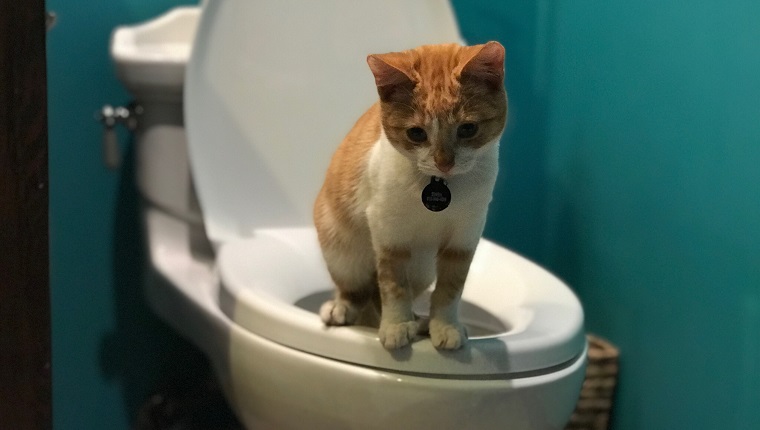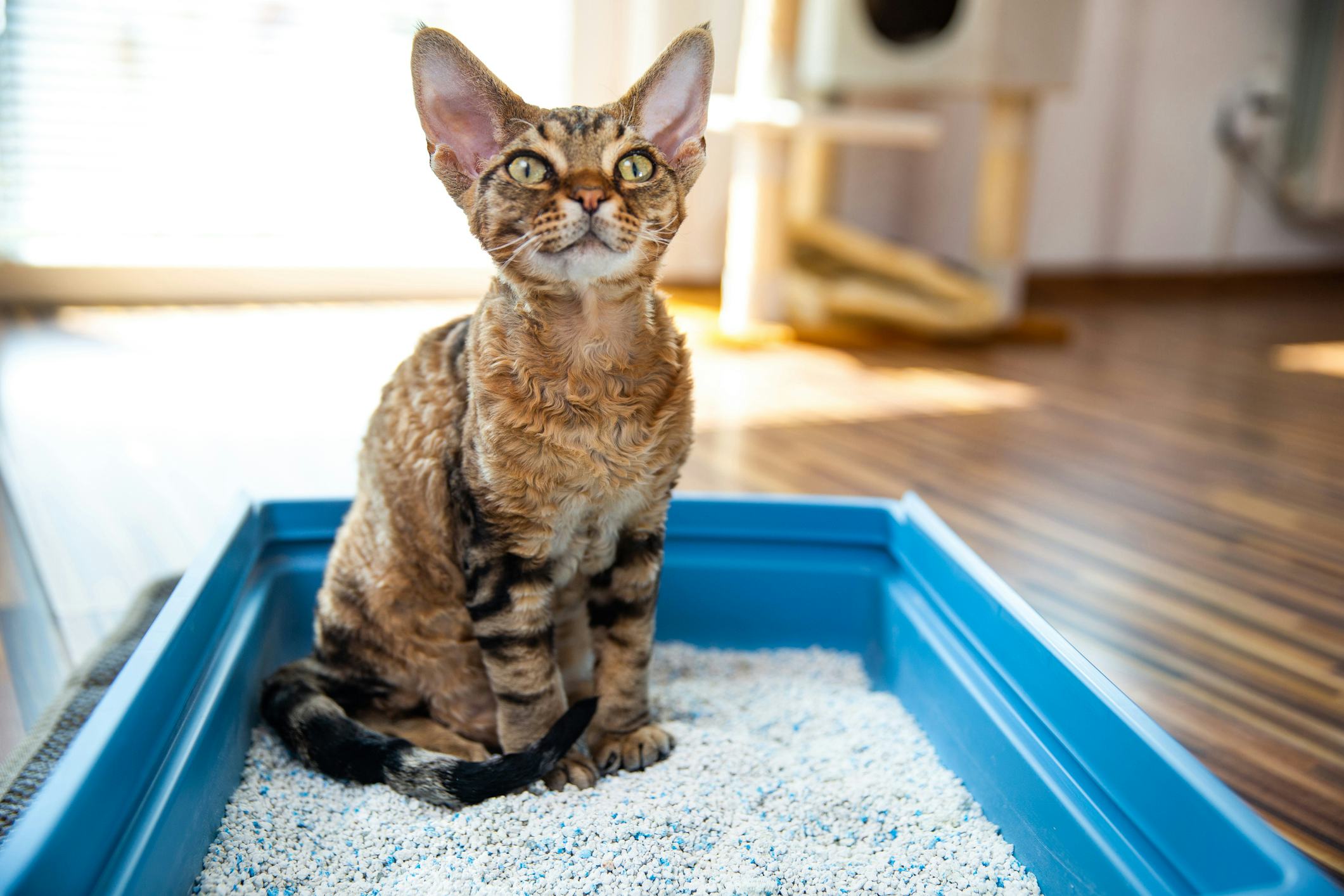Why Flushing Cat Poop Down Your Toilet Isn't a Good Idea - Tips for Proper Handling
Why Flushing Cat Poop Down Your Toilet Isn't a Good Idea - Tips for Proper Handling
Blog Article
How do you actually feel on the subject of Don’t flush cat feces down the toilet?

Introduction
As feline proprietors, it's essential to be mindful of just how we deal with our feline buddies' waste. While it may appear convenient to purge feline poop down the toilet, this method can have destructive consequences for both the environment and human health and wellness.
Alternatives to Flushing
Thankfully, there are much safer and much more accountable methods to take care of cat poop. Think about the following alternatives:
1. Scoop and Dispose in Trash
The most typical method of disposing of pet cat poop is to scoop it right into a naturally degradable bag and throw it in the garbage. Make certain to utilize a devoted clutter inside story and throw away the waste promptly.
2. Use Biodegradable Litter
Go with eco-friendly pet cat litter made from products such as corn or wheat. These trashes are eco-friendly and can be safely thrown away in the garbage.
3. Bury in the Yard
If you have a lawn, consider burying feline waste in a marked location far from veggie gardens and water sources. Be sure to dig deep adequate to prevent contamination of groundwater.
4. Install a Pet Waste Disposal System
Purchase a pet garbage disposal system specifically developed for cat waste. These systems utilize enzymes to break down the waste, lowering odor and environmental influence.
Health Risks
In addition to ecological concerns, flushing pet cat waste can likewise posture health and wellness dangers to human beings. Pet cat feces may have Toxoplasma gondii, a parasite that can create toxoplasmosis-- a possibly severe illness, particularly for expectant women and people with weakened body immune systems.
Ecological Impact
Purging pet cat poop introduces damaging microorganisms and parasites right into the water supply, posing a significant threat to aquatic environments. These contaminants can adversely influence marine life and concession water quality.
Final thought
Liable animal possession expands past supplying food and shelter-- it also includes proper waste administration. By avoiding flushing cat poop down the commode and opting for different disposal approaches, we can minimize our environmental impact and secure human wellness.
Why Can’t I Flush Cat Poop?
It Spreads a Parasite
Cats are frequently infected with a parasite called toxoplasma gondii. The parasite causes an infection called toxoplasmosis. It is usually harmless to cats. The parasite only uses cat poop as a host for its eggs. Otherwise, the cat’s immune system usually keeps the infection at low enough levels to maintain its own health. But it does not stop the develop of eggs. These eggs are tiny and surprisingly tough. They may survive for a year before they begin to grow. But that’s the problem.
Our wastewater system is not designed to deal with toxoplasmosis eggs. Instead, most eggs will flush from your toilet into sewers and wastewater management plants. After the sewage is treated for many other harmful things in it, it is typically released into local rivers, lakes, or oceans. Here, the toxoplasmosis eggs can find new hosts, including starfish, crabs, otters, and many other wildlife. For many, this is a significant risk to their health. Toxoplasmosis can also end up infecting water sources that are important for agriculture, which means our deer, pigs, and sheep can get infected too.
Is There Risk to Humans?
There can be a risk to human life from flushing cat poop down the toilet. If you do so, the parasites from your cat’s poop can end up in shellfish, game animals, or livestock. If this meat is then served raw or undercooked, the people who eat it can get sick.
In fact, according to the CDC, 40 million people in the United States are infected with toxoplasma gondii. They get it from exposure to infected seafood, or from some kind of cat poop contamination, like drinking from a stream that is contaminated or touching anything that has come into contact with cat poop. That includes just cleaning a cat litter box.
Most people who get infected with these parasites will not develop any symptoms. However, for pregnant women or for those with compromised immune systems, the parasite can cause severe health problems.
How to Handle Cat Poop
The best way to handle cat poop is actually to clean the box more often. The eggs that the parasite sheds will not become active until one to five days after the cat poops. That means that if you clean daily, you’re much less likely to come into direct contact with infectious eggs.
That said, always dispose of cat poop in the garbage and not down the toilet. Wash your hands before and after you clean the litter box, and bring the bag of poop right outside to your garbage bins.
https://trenchlesssolutionsusa.com/why-cant-i-flush-cat-poop/

Do you enjoy reading about Don’t flush cat feces down the toilet? Make a comment directly below. We will be interested to hear your responses about this write up. We hope that you visit us again in the near future. If you enjoyed reading our article kindly make sure you remember to share it. Bless you for your time. Visit us again soon.
Visit My Web Page Report this page